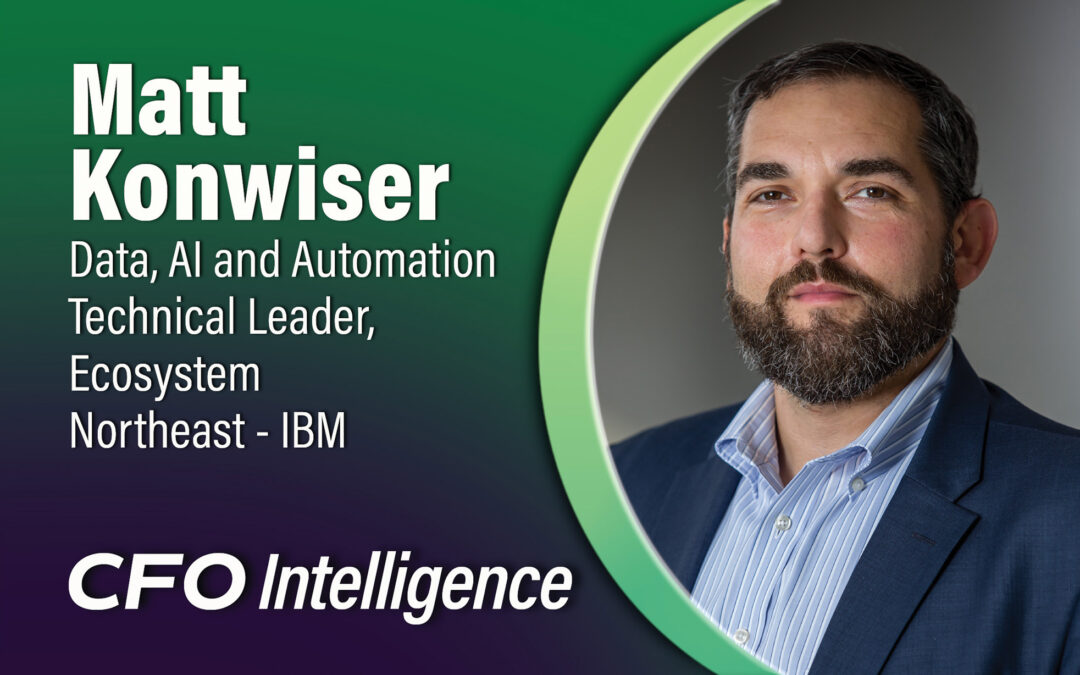CFO Intelligence Magazine – Winter 2024
Matt Konwiser
Data, AI, and Automation Technical Leader, Northeast-IBM
One thousand words.
When I was invited to contribute columns about artificial intelligence to this publication on a regular basis, I was asked to keep each column to around one thousand words. So how do I start this series? Since the concept of Emotional Intelligence was first introduced in the 1990s, many companies started including this topic in leadership development. Tartakovsky’s journey illustrates how the concept of compassionate leadership, and a focus on relationships, are essential in today’s corporate environment.
A DIFFERENT KIND OF EFFECTIVE LEADERSHIP
“Getting through those challenging years may have been rooted in numbers and clinical development, but it was our resolve to remain focused on our people and grow our individual leadership skills that has truly helped maintain our culture and differentiate Daiichi Sankyo, Inc.,“ she says. “We maintained a culture where employees feel supported, challenged, valued, and respected. It takes practice and a commitment from every single leader every day to successfully transform a company but the results speak for themselves.”
I could use a Large Language Model (LLM) to write the inaugural piece for me. Would anyone know the difference? It would be complete, it would sound authoritative, and it would most definitely be laced with facts, perhaps some of which would be entirely fabricated. But it would be exactly 1,000 words, and it would be nearly effortless for me. I would just have to “ask” an LLM to write me “A 1,000 word article written in the style of an editorial on the topic of artificial intelligence.” Yes, it’s that simple. I have been involved with AI for the better part of a decade, but never has access to AI engines been easier. It has also never been more risky.
The problem, as quoted from the sequel of a very famous movie about AI, is choice.
Artificial Intelligence is a very broad term; it can encompass a variety of topics from a basic iterative function to a neural network or foundation model that can “read” content, study and recognize artwork, and fabricate answers or images based on a human’s request.
Computers were developed with a basic premise make mathematics faster and easier.
If a computer can process calculations more quickly and at a higher scale than a human being can, it becomes a time saver. When the engineering behind developing the first computers became common, it was time to see what else computers could do: could they learn?
If you program a computer to work within limits, like the mechanics of mathematics, 1 + 1 will always equal 2. When introducing more advanced mathematical principles and equations types, those rules will keep the system grounded. For example, solving “a + 7 = 10” can evolve into more complex concepts including “x + 5 = 2y.” It is possible for the computer to then test its results by plugging in numbers and learning which answers are correct and which are not.

